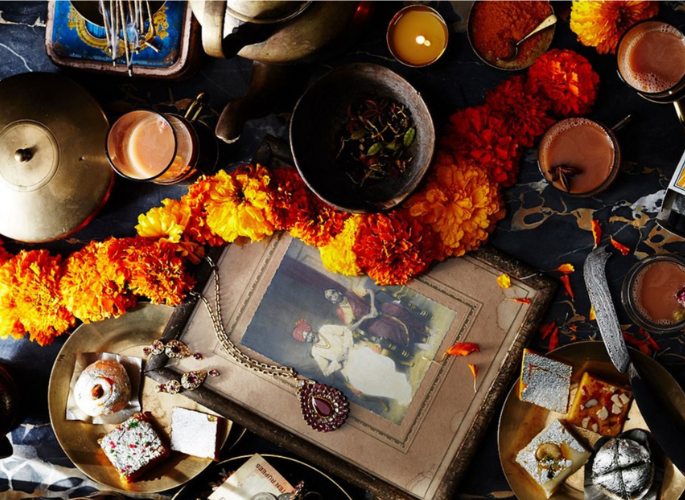About Daigen-Koh Rosewood Incense
Without question, Japan creates some of the finest incense in the world. Used in ceremonies, at home or in temples, the burning of incense serves to purify, provide offerings to the spirit world or carry messages to the heavens.
Daigen-Koh Rosewood, is extra-long, and perfect for meditation and having moments of deep thoughts and inspiration. The incense contains a high-grade sandalwood and medical herbs, blended together to give a gentle fragrance.
Each slender scarlet bundle includes 30 (25cm) sticks; Burn Time: 75 minutes
Handcrafted by Nippon Kodo, established 1575
About the Artisan:
The venerable incense house, Nippon Kodo, has been devoted to the art of incense fabrication following a long and honored tradition dating back to the 16th Century. It's history can be traced back to Jyuemon Takai, better known as Koju, a skilled artisan in the art and the principal provider of precious rare and exquisite aromas to the Emperor of Japan and his Court.
Many of the pleasing and enduring high-quality incense fragrances, which the company continues to produce to this day, are based on the original formulas created by Koju and later by Yujiro Kito, who was hailed as the genius of fragrance during the Meiji restoration period in the 19th century - around the time that Japan opened its doors to the world and began to modernize itself.
About the Tradition of Incense:
Brought to Japan in the eighth century by Buddhist monks, who used the mystical aromas in their religious ceremonies, "Koh", as incense is called in Japanese, passed into the realm of the aristocracy centuries later as a source of amusement and enlightenment as they "listened to the fragrance" in their parlor games.
It wasn't until the 14th century in the Muromachi Era that incense reached the height of its popularity with the upper and middle classes of Japanese society, who used it as a mark of distinction and sophistication and to dispel unpleasant odors. It was around this time that samurai warriors began perfuming their helmets and armor with incense before going into battle as they prepared to meet their fate.
 Explore: Autumn Favorites
Explore: Autumn Favorites
 New Arrivals: Table & Home
New Arrivals: Table & Home
 Introducing: The Journal
Introducing: The Journal
 Explore: Autumn Favorites
Explore: Autumn Favorites
 Explore: New Arrivals
Explore: New Arrivals
 New Arrivals: Table & Home
New Arrivals: Table & Home
 Gifts of Celebration
Gifts of Celebration
 Introducing: The Journal
Introducing: The Journal





